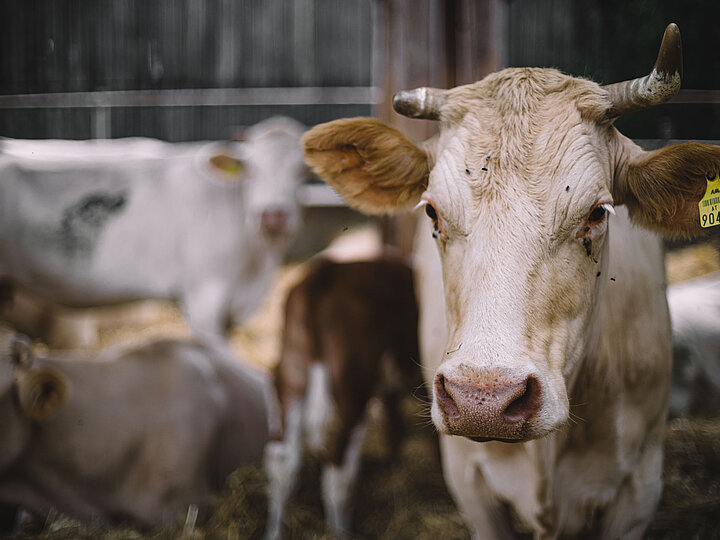

Großingerhof
Not far from the Czech border, the Fegerl family keeps a once almost extinct breed of cattle: the Waldviertler Blondvieh. And slaughters the animals directly on the farm with as little stress as possible.
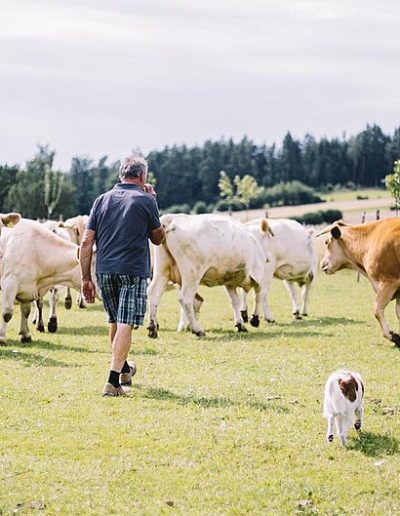
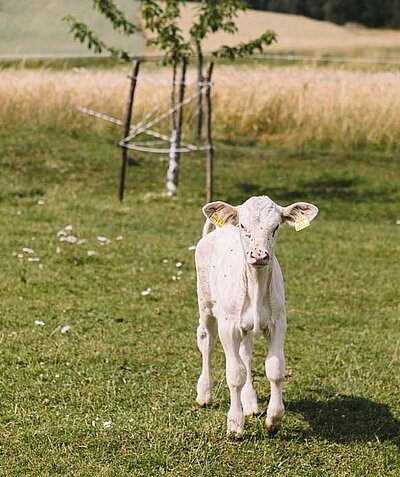
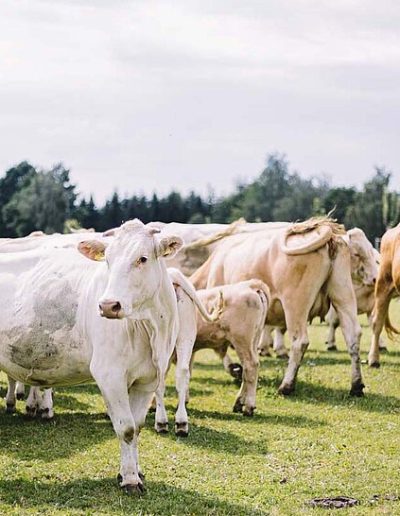
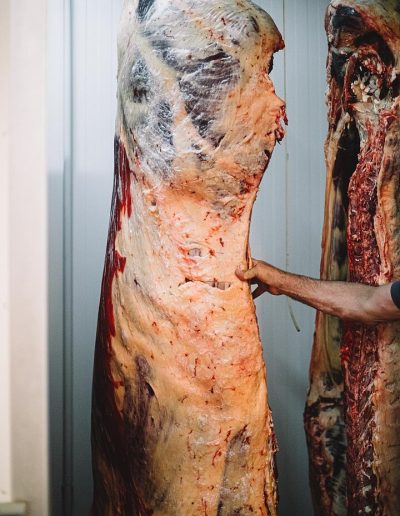
After a few bends in the northern Waldviertel, Gabriel Fegerl comes towards you barefoot in the direction of the carp pond: You have arrived at the Großingerhof. And while Gabriel also breeds organic carp here in Heinrichs near Weitra - and incidentally also produces his own honey, potatoes and Christmas trees - the actual focus of the farm is a different one: the Waldviertler Blondviehan ancient breed of cattle recognised as a Slow Food Presidio, which had been so forgotten for several decades that it was almost extinct.
Once ubiquitous in the Waldviertel, the breed was displaced by Fleckvieh. In the 1990s, the vet discovered that there were still traces of Blondvieh at the Großingerhof, now an ark farm. He set the breeding programme in motion. "Then I read up on it, there was a project for endangered breeds - and we were among the first in the area to go for blond cattle", says old farmer Leo. The 50 or so animals can go out to pasture at any time ("Preferably when it rains"). The breed is well adapted to Waldviertel conditions. And the meat is tender and intensely flavoursome due to the slower growth.
The animals are slaughtered directly on the farm when they are around two years old. This spares them the often fearful transport to a slaughterhouse. "We reduce the stress for the animals to a minimum", says Gabriel. In addition to meat parcels, Gabriel and his family also produce various sausages. "The whole cow must be processed."
Photos: MARA HOHLA/ BUTTER&SALT
Text: DANIELA WIEBOGEN/ FERMENT
Listen to description
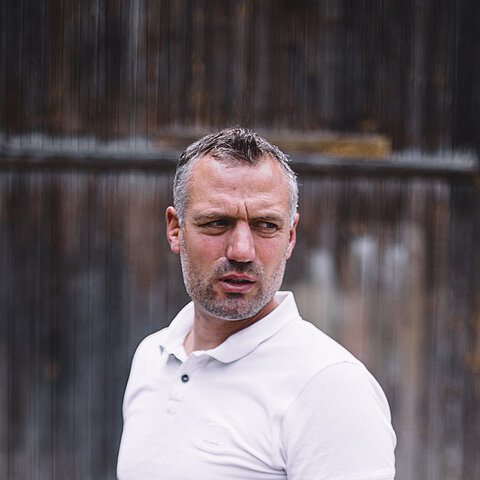
At a glance:
Gabriel Fegerl Reinpolz 16 3962 Reinpolz Telephone: +43 664 2508416e-mail: gabriel.fegerl@gmx.atwww.grossingerhof.at/
